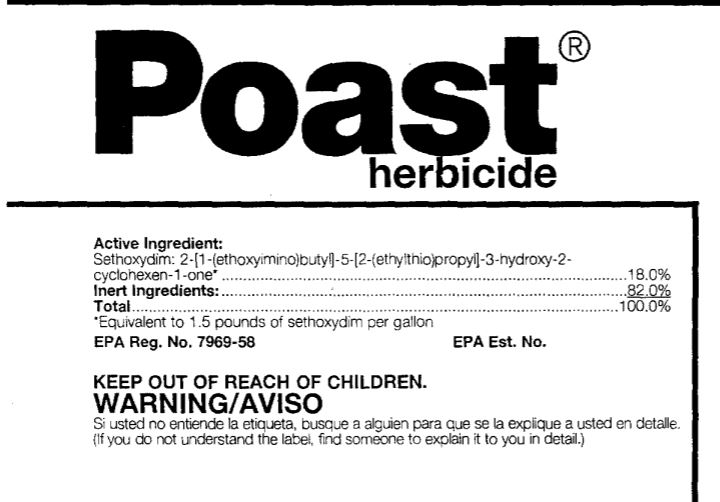Q. What should I be doing now to control borers in my African sumac?
A. Make sure there are borers present and has been correctly identified and not just guessed at. I have not seen damage to it from landscape borers. That doesn’t mean it doesn’t happen but I just have not seen it.

Imidacloprid can be used protectively or if the “landscape borer” problem is present. If the borer has caused extensive damage to the tree, you may have to “weigh” whether it is worth applying it or not. Sometimes replacing the tree is the more profitable solution. Unlike peach tree borers, this “boring insect” is in the tree, not the soil.

Use insecticides or pesticides that contain imidacloprid as an active ingredient. To find if imidacloprid is in the package, find the active ingredients listed on the front or back. The imidacloprid liquid mix can be used as a soil drench only if it says it can be used as a soil drench on the label. For me, soil drenches are the most effective way to apply it because plant roots were designed for the uptake of liquids. Other methods of application exist.
To avoid any references to CCD (Colony Collapse Disorder) and honeybees, make applications after the tree has finished flowering to minimize any CCD to pollinators. Since African sumac was made available from south Africa, the flowering of this tree is during the winter. The time to apply a root drench is any time after growth begins in the spring and the tree finishes flowering.